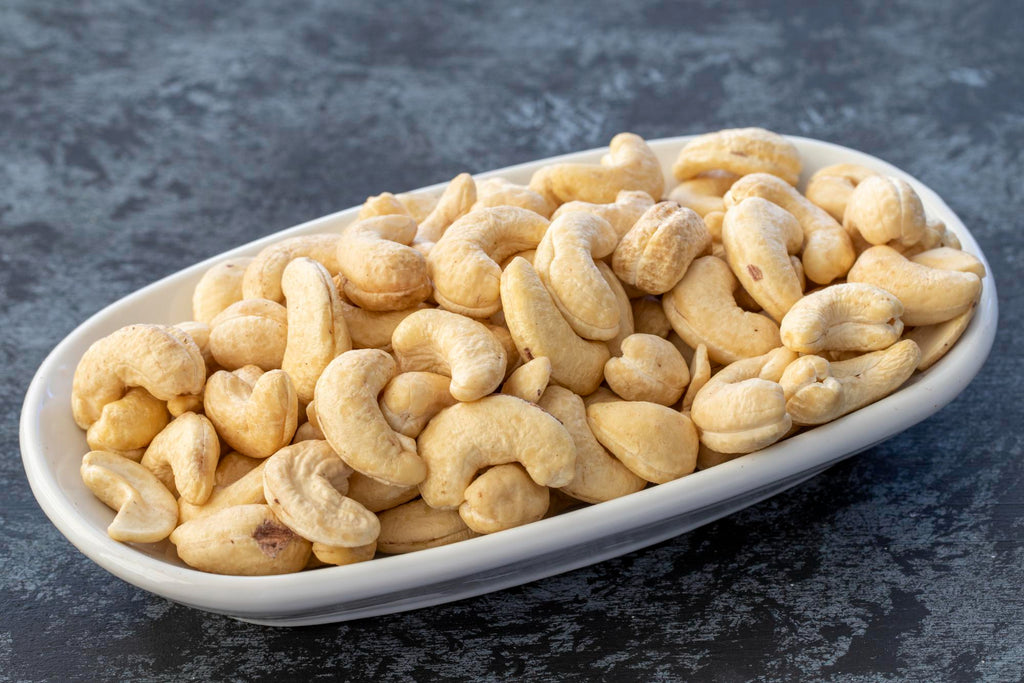# Type at least 1 character to search # Hit enter to search or ESC to close
History of Cashews
Search
-
-
The Role of Food ...
Aug 07, 2025 -
Is Cashew Good Fo...
Jul 29, 2025
Archive
- September 2025
- July 2025
- June 2025
- May 2025

History of Cashews
How did cashew nuts become a global food? When they were first discovered, they were considered inedible because they are poisonous and can cause allergic reactions in their raw form. They were discovered by Europeans in Brazil in 1558 and they learned from the Tupi-Indian tribe that the seeds were edible. From there, cashew nuts have spread to the rest of the world especially in similar climates to their native habitat in Brazil.
Discovery of the Cashew:
The western world was not the first to discover cashews but the native tribes were. They learned to eat them from the local capuchin monkeys who would open the shells with rocks and other basic tools to access the nuts. They were able to help the Europeans figure out how to avoid the irritating oil from the cashew nut shell and process the fruit to make wine and other fermented drinks and dishes.
Cultivation and Transplantation of the Cashew:
Cashews traveled far and became abundant in other parts of the world such as India. Many people believe that cashews are native to India because of their abundance however, they weren’t even the first stop for cashews once they left Brazil but instead found purchase in Africa first before making their way to Asia. The cashew was particularly apt to travel and took root in many other countries which benefit the world because of the high demand for the versatile nut.
Ideal Growing Conditions:
Cashews can’t thrive anywhere but instead require specific growing temperatures and rainfall. Brazil, India, Vietnam, Mozambique, Tanzania, and South East Asia all have the climate necessary to grow cashews. Their cashew market is booming on both the import and export side of the process. In order for cashews to thrive temperatures cannot drop below 50°F (10°C) but they can endure higher temperatures above 105°F (40°C). The ideal average day is around 77°F (25°C)
Modernity of the Cashew:
Cashews made the trip from Brazil to India through Africa and then became popular in much of Southeast Asia and Africa by the 16th century. The cashew nut was found to have health benefits in India however it didn’t make it to the United States until around 1905 and became popular around the mid-1920s. They became popular in the United States and Europe due to distribution through the General Food Corporation and by 1941 India shipped out around 20,000 cashews a year. That number has only grown as the market demand has increased and the health benefits have become more widely known.
You can go to most groceries stores or buy cashew nuts online but they’ve made quite a journey to get there. Not only are they heavily processed to get rid of the poisonous oils that can cause blisters and rashes but they also had to travel halfway around the world and back in order to get enough notoriety to make it to the western world. Cashews were not an obviously edible food but thanks to the capuchin monkeys of Brazil and the Tupi-indian tribe we have access to this wonderful food around the world.
© 2022 WWCashews. All Rights Reserved | 1-888-404-0472 | info@wwcashews.com





Leave a comment